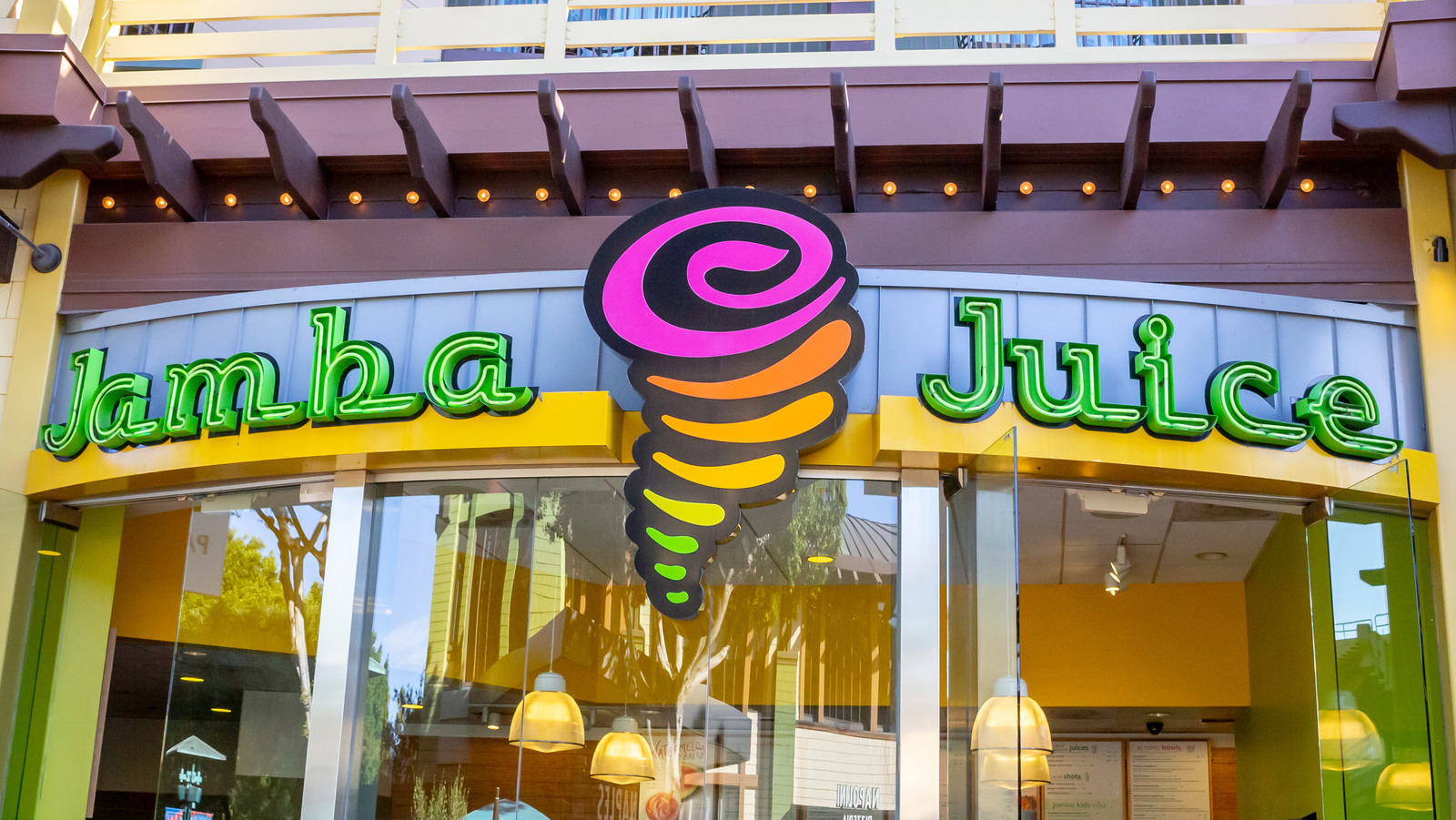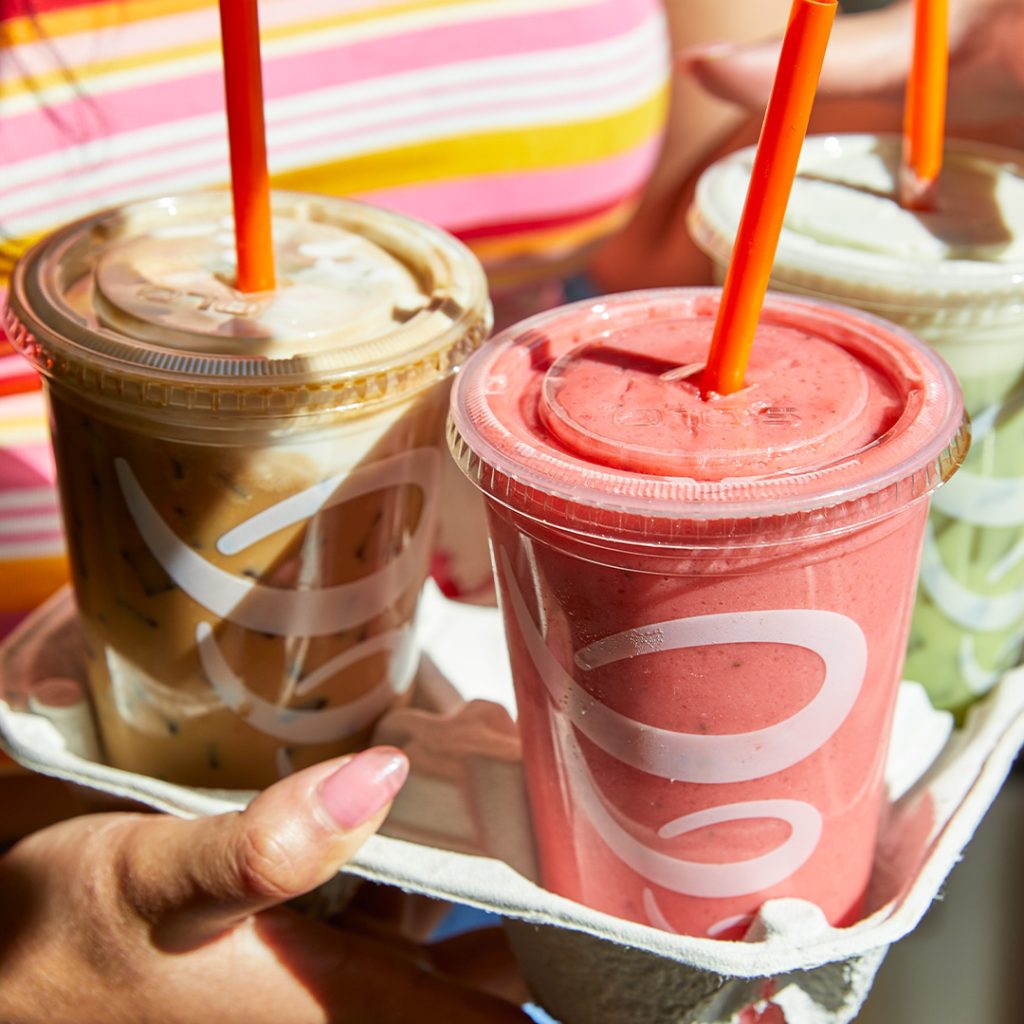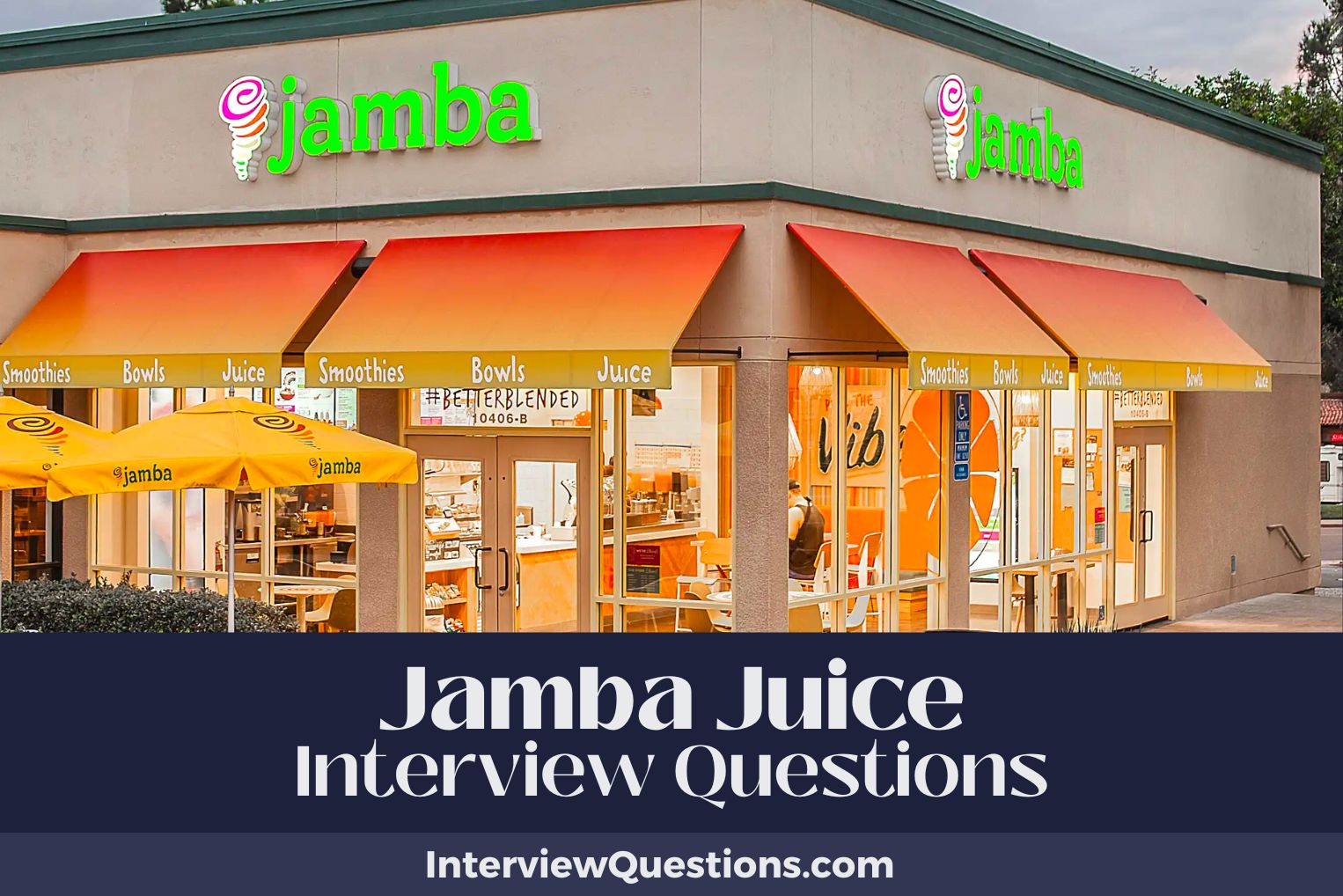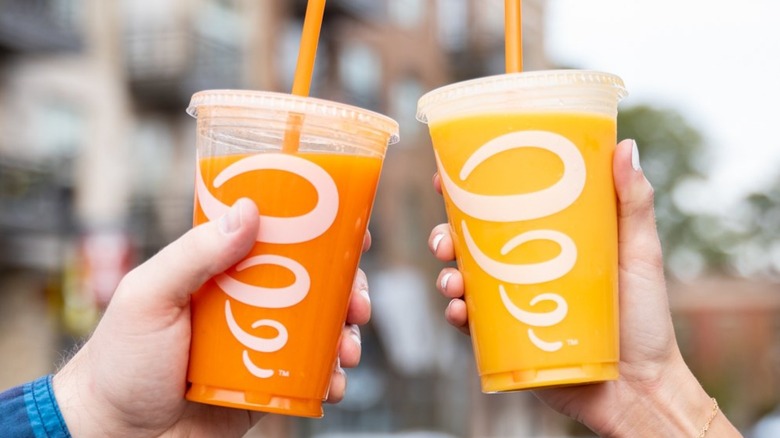The Enigma Of "Jamba Juice" The Plant: A Botanical Mystery
The Enigma of "Jamba Juice" the Plant: A Botanical Mystery
The Enigma of "Jamba Juice" the Plant: A Botanical Mystery
Introduction
With great pleasure, we will explore the intriguing topic related to The Enigma of "Jamba Juice" the Plant: A Botanical Mystery. Let’s weave interesting information and offer fresh perspectives to the readers.
Table of Content

The Enigma of "Jamba Juice" the Plant: A Botanical Mystery
The term "Jamba Juice" is most commonly associated with the popular smoothie chain, not a specific plant. However, the internet has fostered a curious phenomenon: the emergence of "Jamba Juice" as a colloquial name for various plants, often with no clear botanical connection. This article will explore the reasons behind this linguistic quirk and attempt to shed light on the plants that have been mistakenly labeled as "Jamba Juice."
The Origins of the Misnomer
The association of "Jamba Juice" with certain plants appears to stem from a combination of factors:
- Online Misinformation: The internet, while a valuable resource, can also be a breeding ground for misinformation. Unverified information, often shared through social media and forums, can quickly spread, leading to the misidentification of plants.
- Visual Similarity: Some plants, particularly those with vibrant colors or unusual shapes, may visually resemble the ingredients used in Jamba Juice smoothies. This visual resemblance, coupled with a lack of accurate botanical knowledge, can lead to erroneous labeling.
- Marketing and Brand Recognition: Jamba Juice, as a well-known brand, has become synonymous with healthy, fruit-based drinks. This association may subconsciously influence people to connect the brand name with plants that are perceived as having similar properties.
Common Plants Misidentified as "Jamba Juice"
While there is no definitive "Jamba Juice" plant, several species have been mistakenly labeled as such online. These include:
- Hibiscus sabdariffa (Roselle): This plant, known for its vibrant red calyxes used in making hibiscus tea, is often misidentified as "Jamba Juice" due to its vibrant color and association with healthy beverages.
- Calotropis gigantea (Giant Milkweed): This plant, with its large, showy flowers, has also been mistakenly called "Jamba Juice" due to its visual resemblance to tropical fruits used in smoothies.
- Bixa orellana (Annatto): This plant, known for its seeds that produce a reddish-orange dye, has been associated with "Jamba Juice" due to its color and use in food coloring.
The Importance of Accurate Identification
Misidentifying plants can have serious consequences, especially when it comes to their potential use for medicinal or culinary purposes.
- Toxicity: Some plants that are visually similar to "Jamba Juice" plants can be toxic. Consuming these plants can lead to severe health complications.
- Allergic Reactions: Certain plants can trigger allergic reactions in susceptible individuals. Mistaking a plant for "Jamba Juice" can lead to unintended allergic responses.
- Misinterpretation of Properties: Misidentified plants may not possess the same medicinal or culinary properties as the actual "Jamba Juice" plant, leading to ineffective or even harmful results.
FAQs about "Jamba Juice" Plants
Q: Is there a plant called "Jamba Juice"?
A: No, there is no scientifically recognized plant called "Jamba Juice." The term is a misnomer used to refer to various plants, often incorrectly.
Q: What are the potential dangers of consuming plants misidentified as "Jamba Juice"?
A: Consuming plants that are not properly identified can lead to toxicity, allergic reactions, and ineffective or harmful results due to misinterpretation of properties.
Q: How can I avoid misidentifying plants?
A: It is essential to rely on reputable sources of information, such as botanical guides, expert advice, and online resources from trusted institutions.
Tips for Identifying Plants
- Use reliable resources: Consult botanical guides, online databases, and seek advice from experts.
- Examine the plant closely: Observe the plant’s shape, size, leaves, flowers, and fruits.
- Compare with known plants: Use images and descriptions of known plants to make comparisons.
- Avoid relying solely on visual resemblance: Visual similarity is not a reliable indicator of a plant’s identity.
Conclusion
The association of "Jamba Juice" with certain plants highlights the importance of accurate botanical identification. While the term "Jamba Juice" may be used colloquially, it is essential to understand that it is not a scientific name and should not be used to identify plants. By relying on reliable sources of information and practicing careful observation, we can avoid misidentification and ensure the safe and responsible use of plants.








Closure
Thus, we hope this article has provided valuable insights into The Enigma of "Jamba Juice" the Plant: A Botanical Mystery. We thank you for taking the time to read this article. See you in our next article!